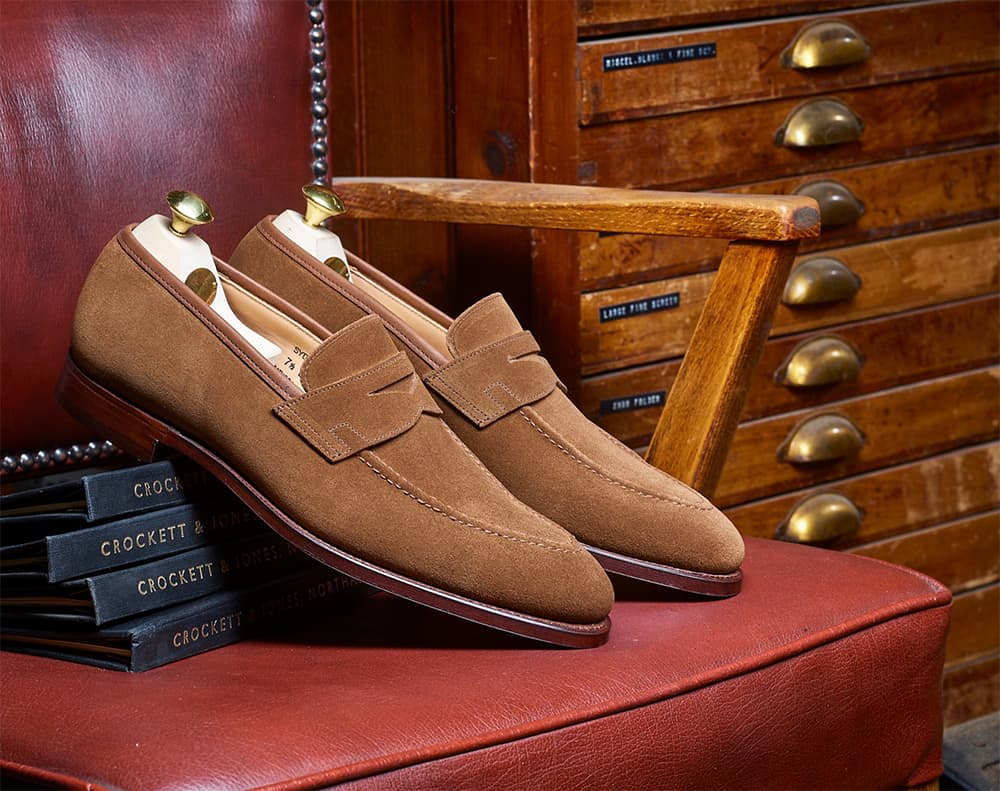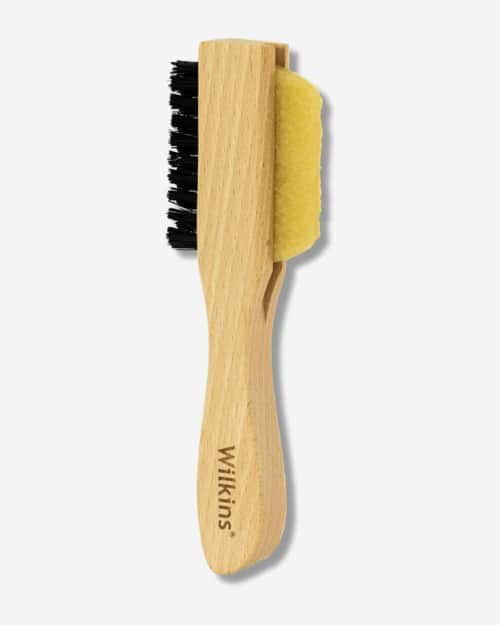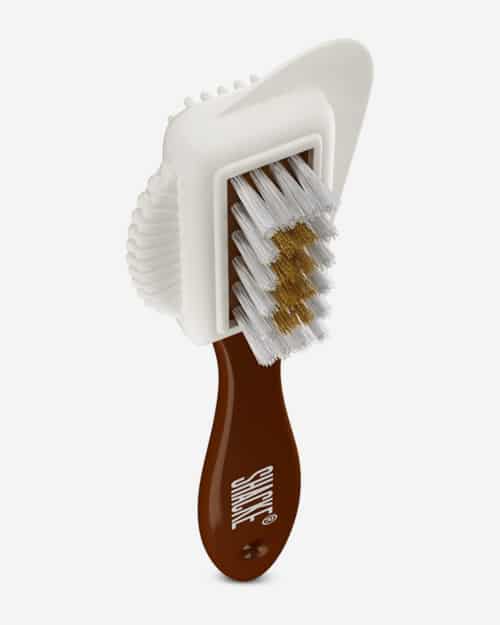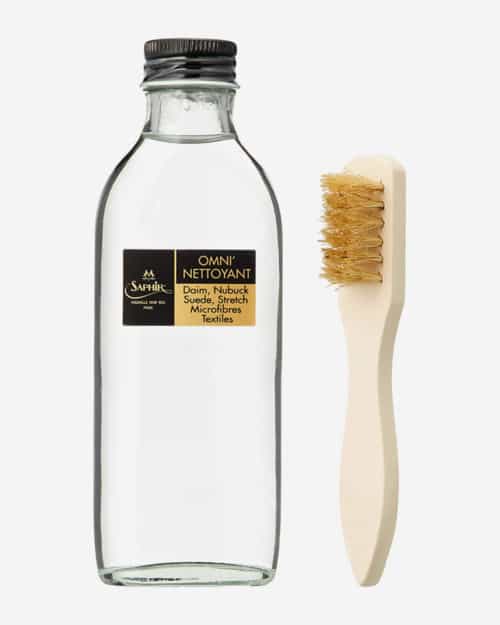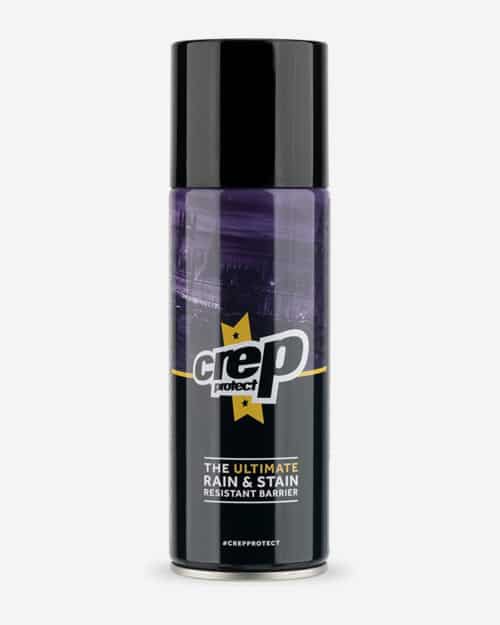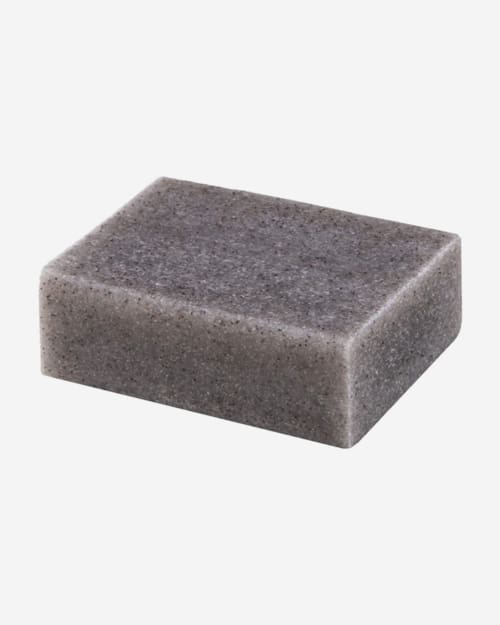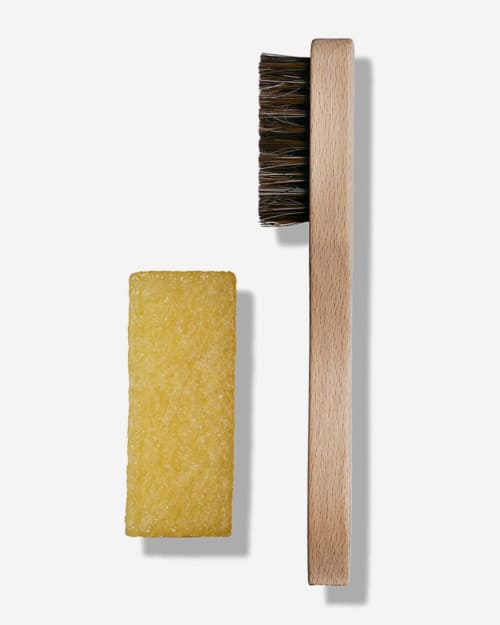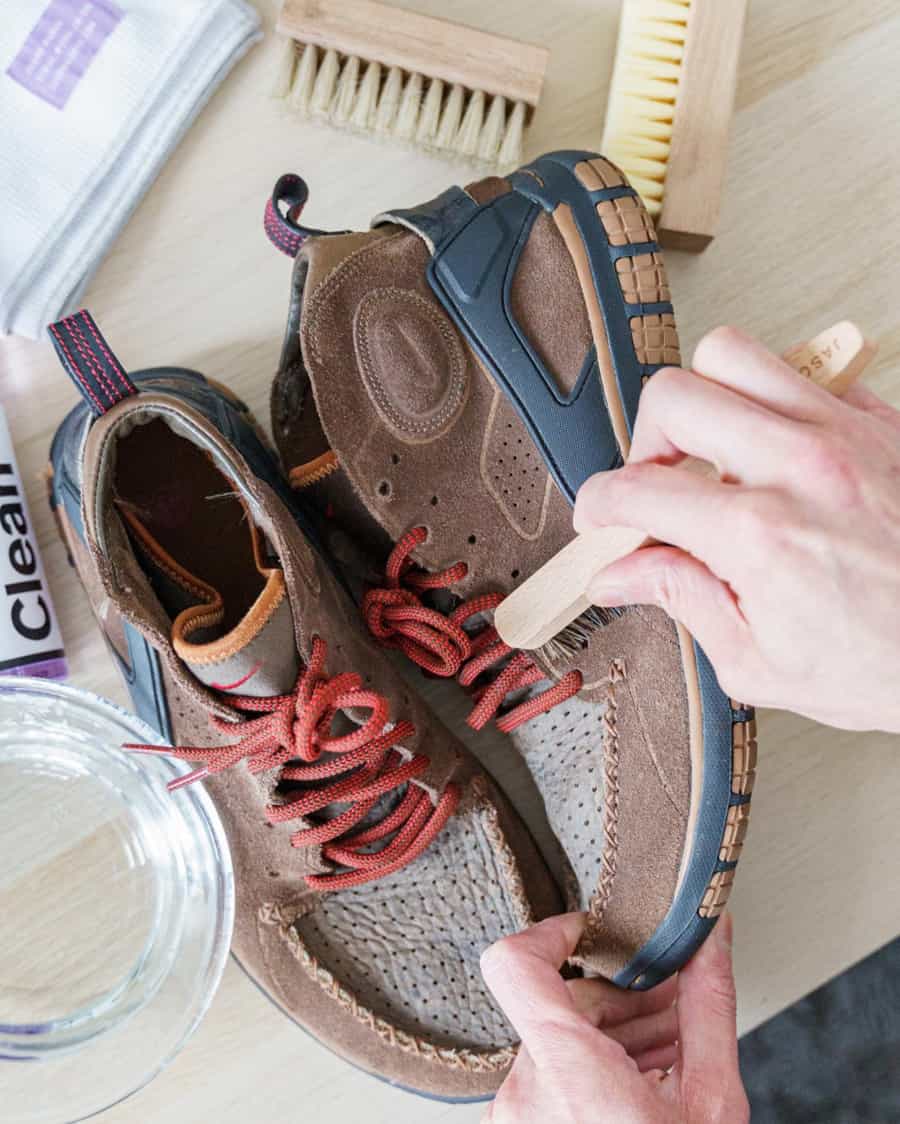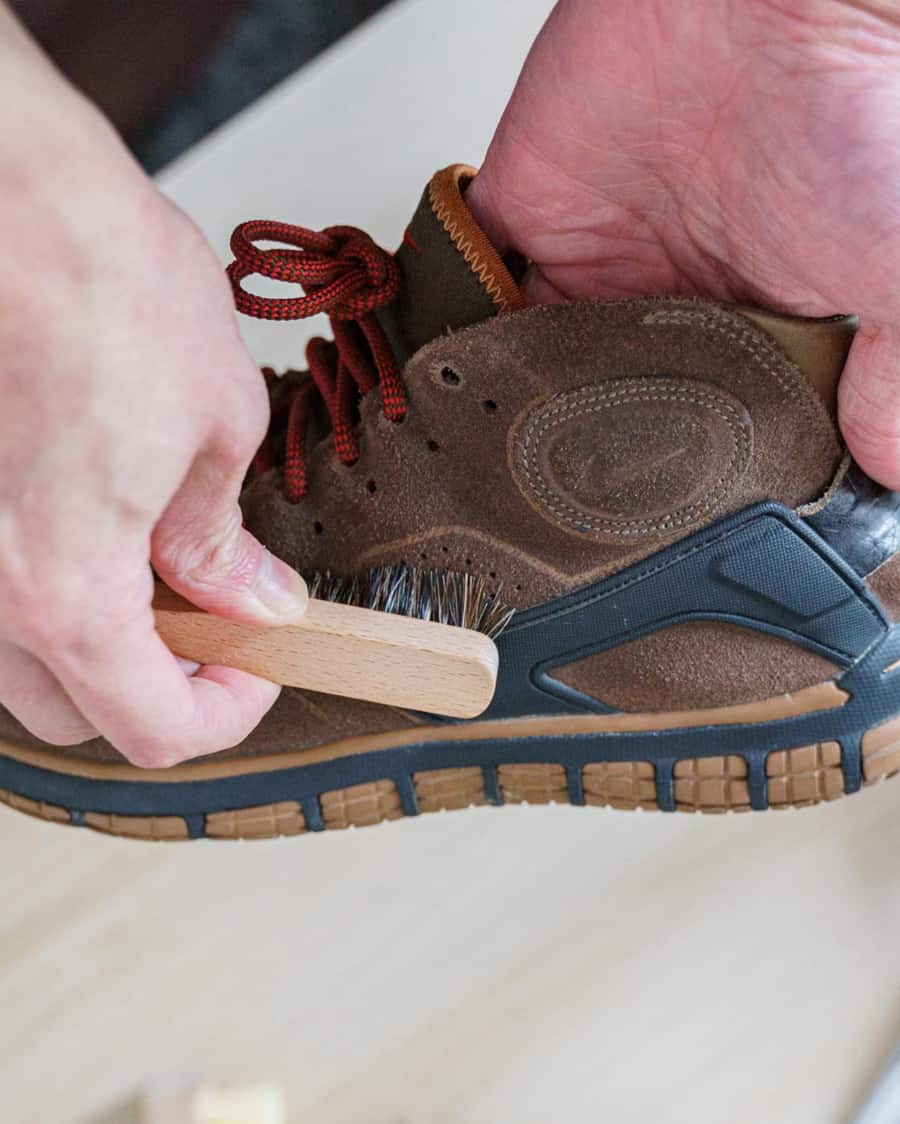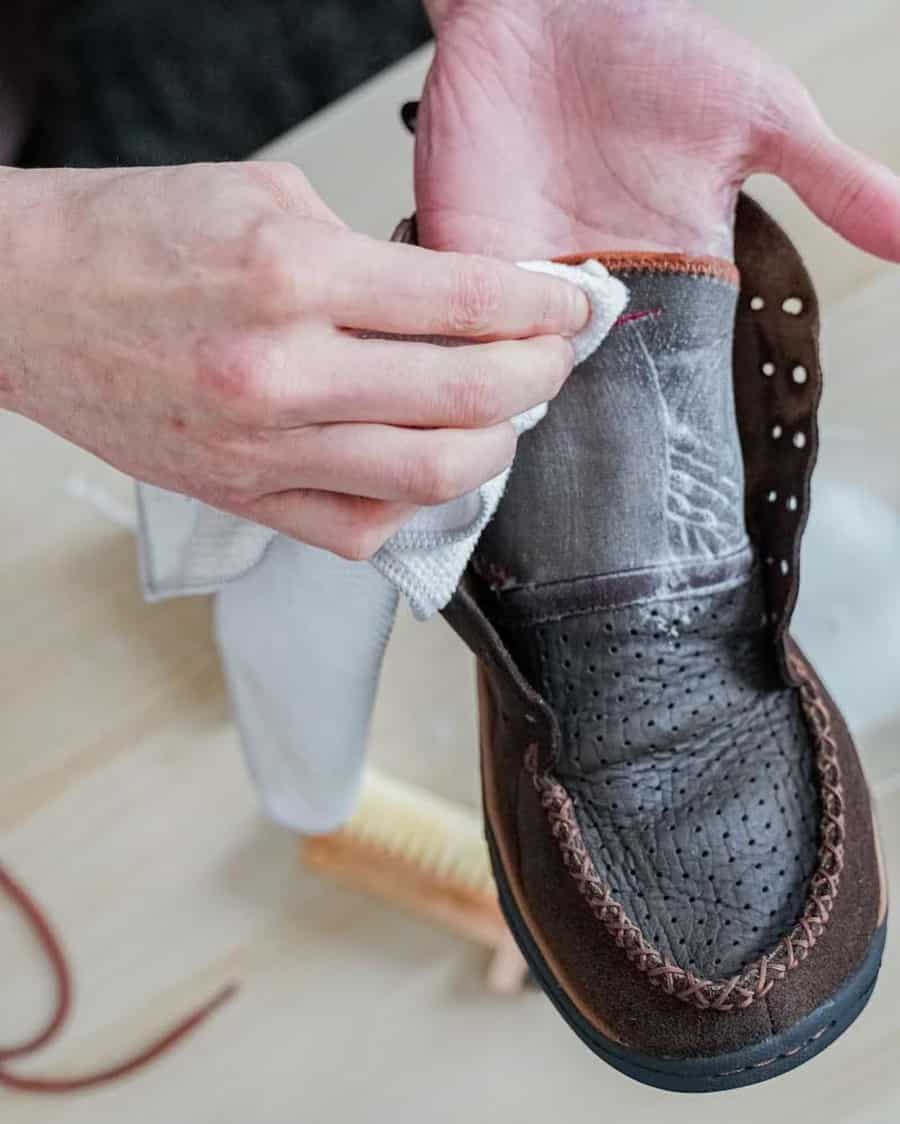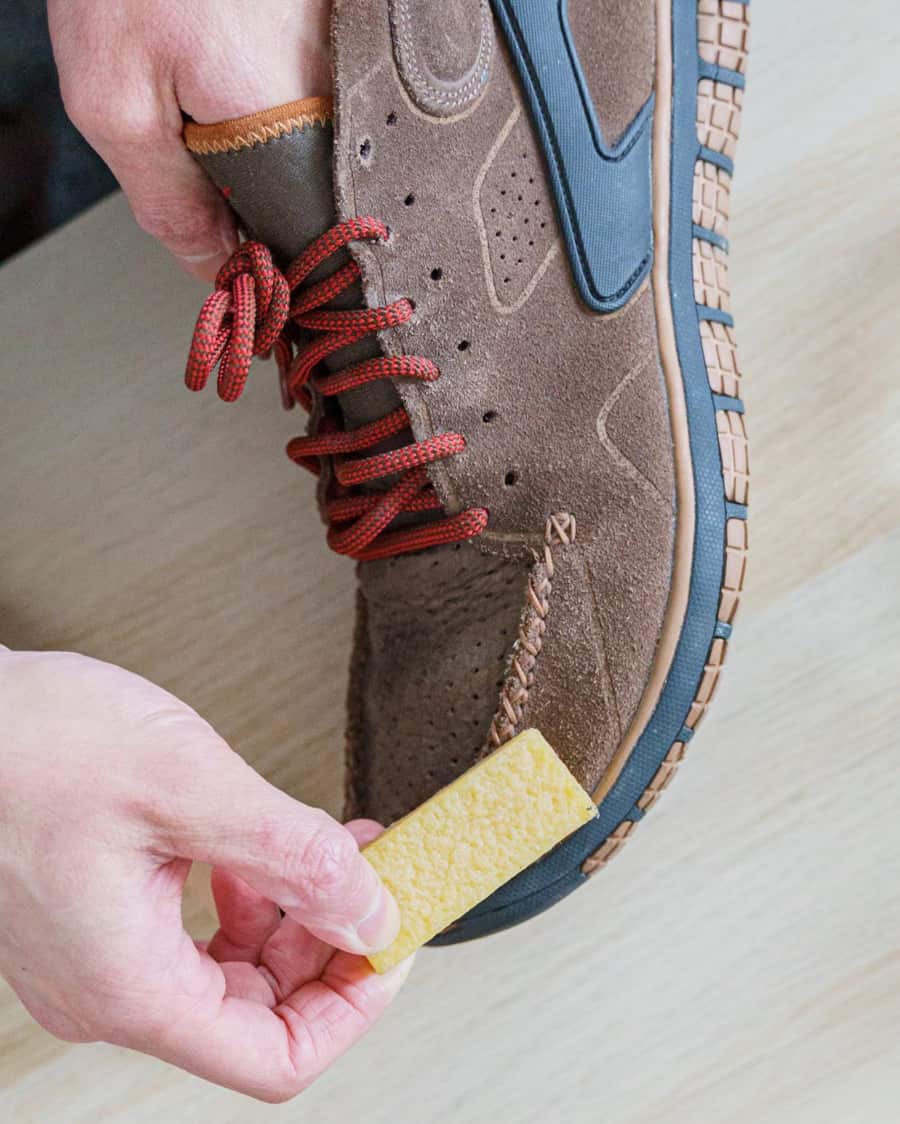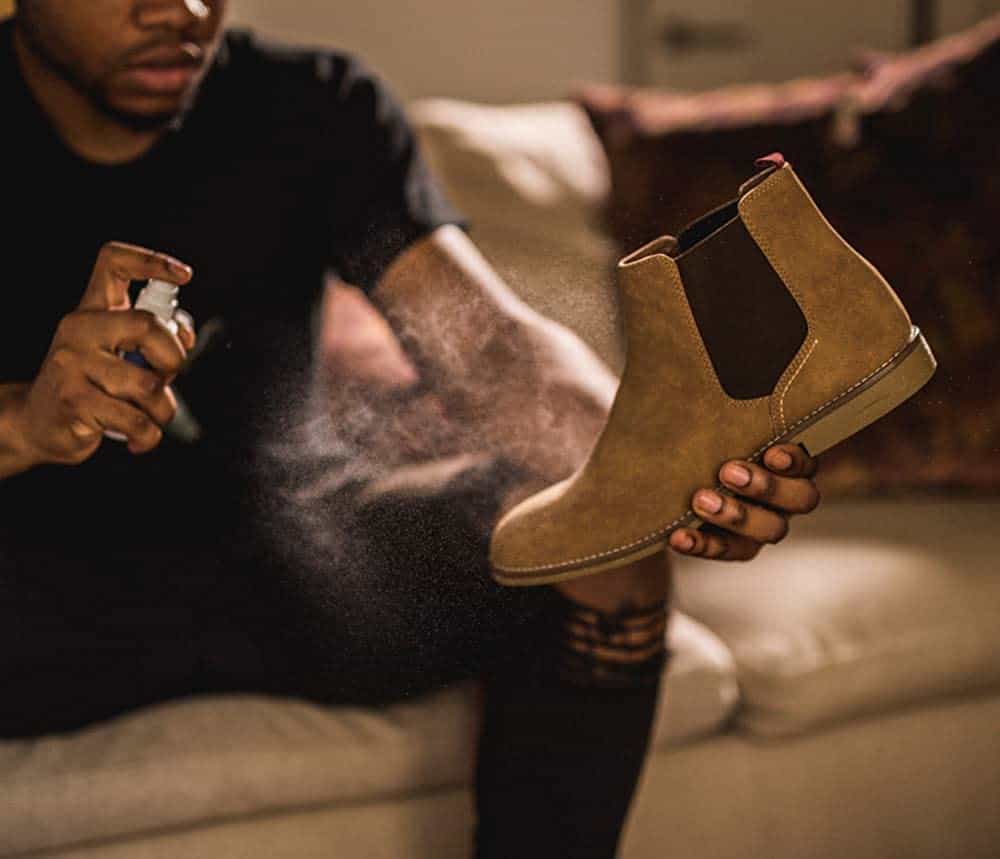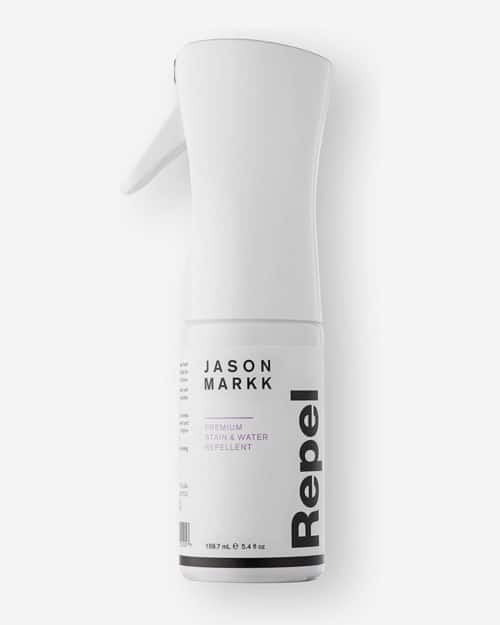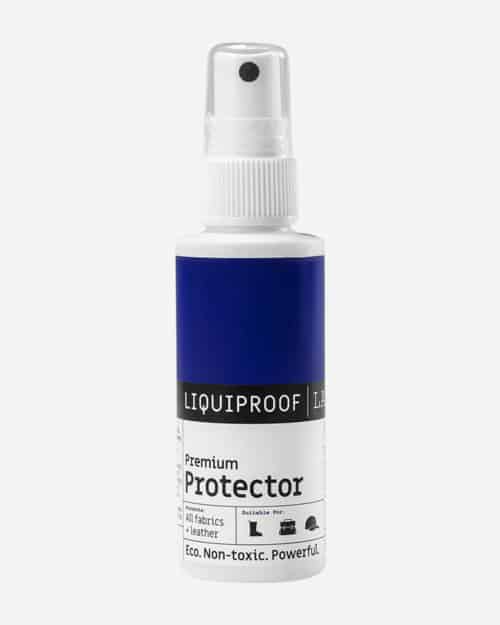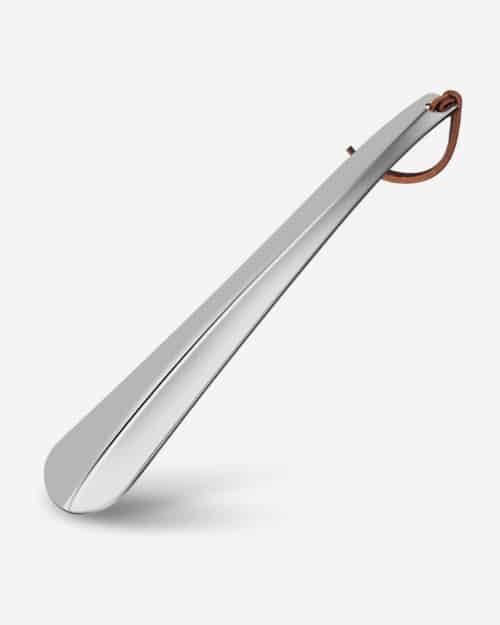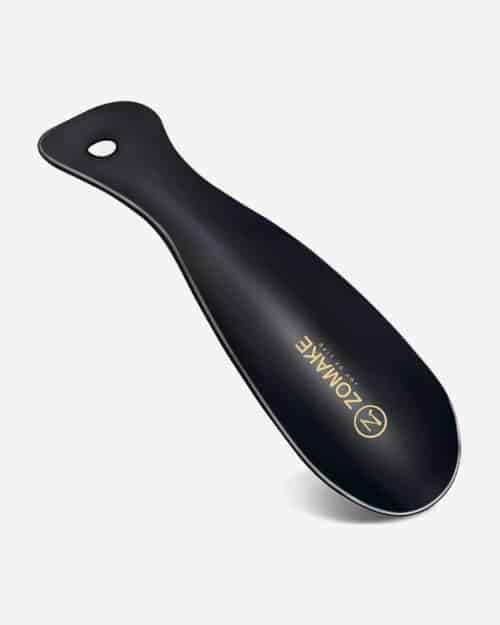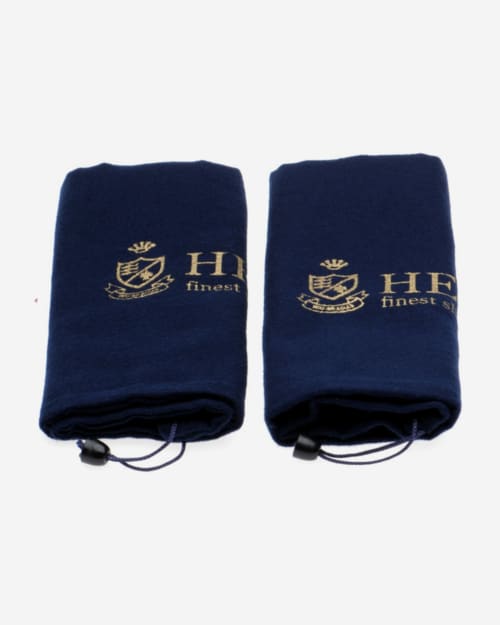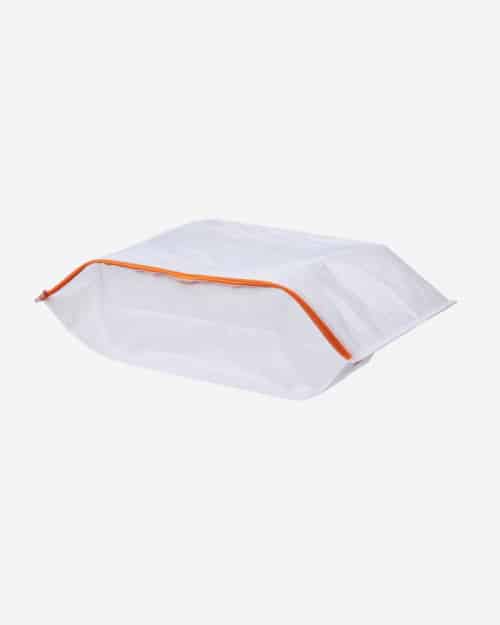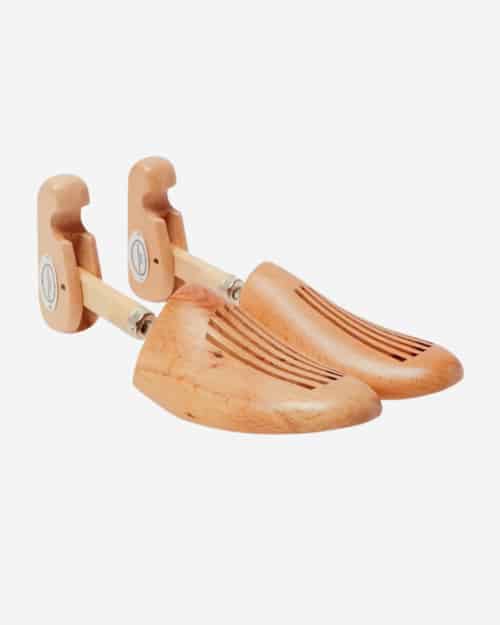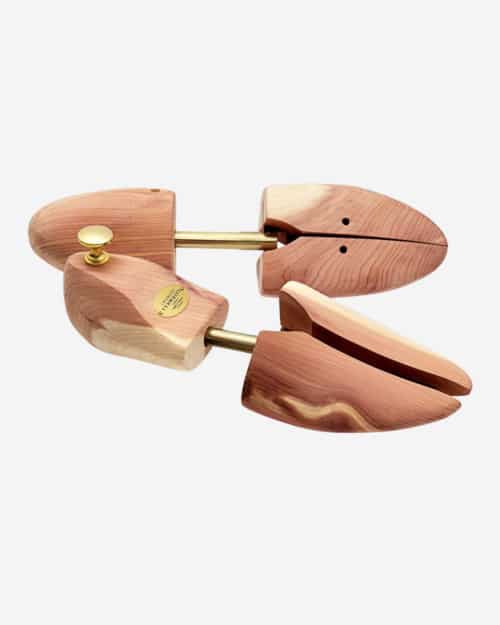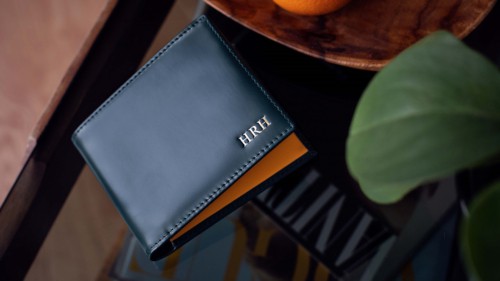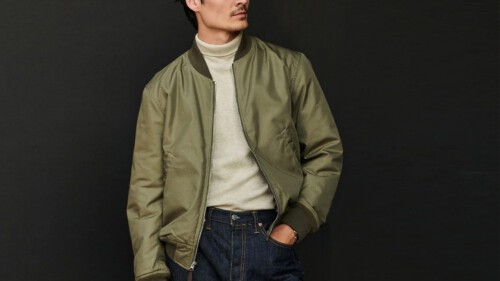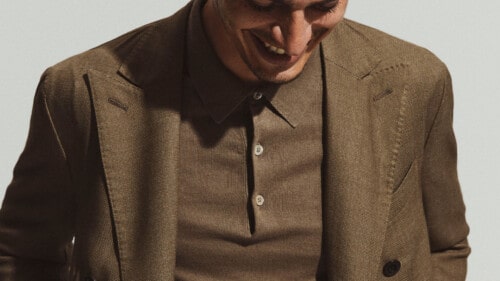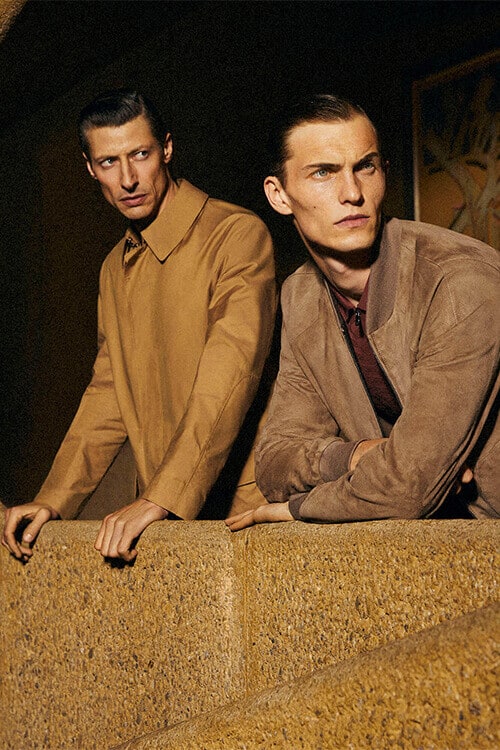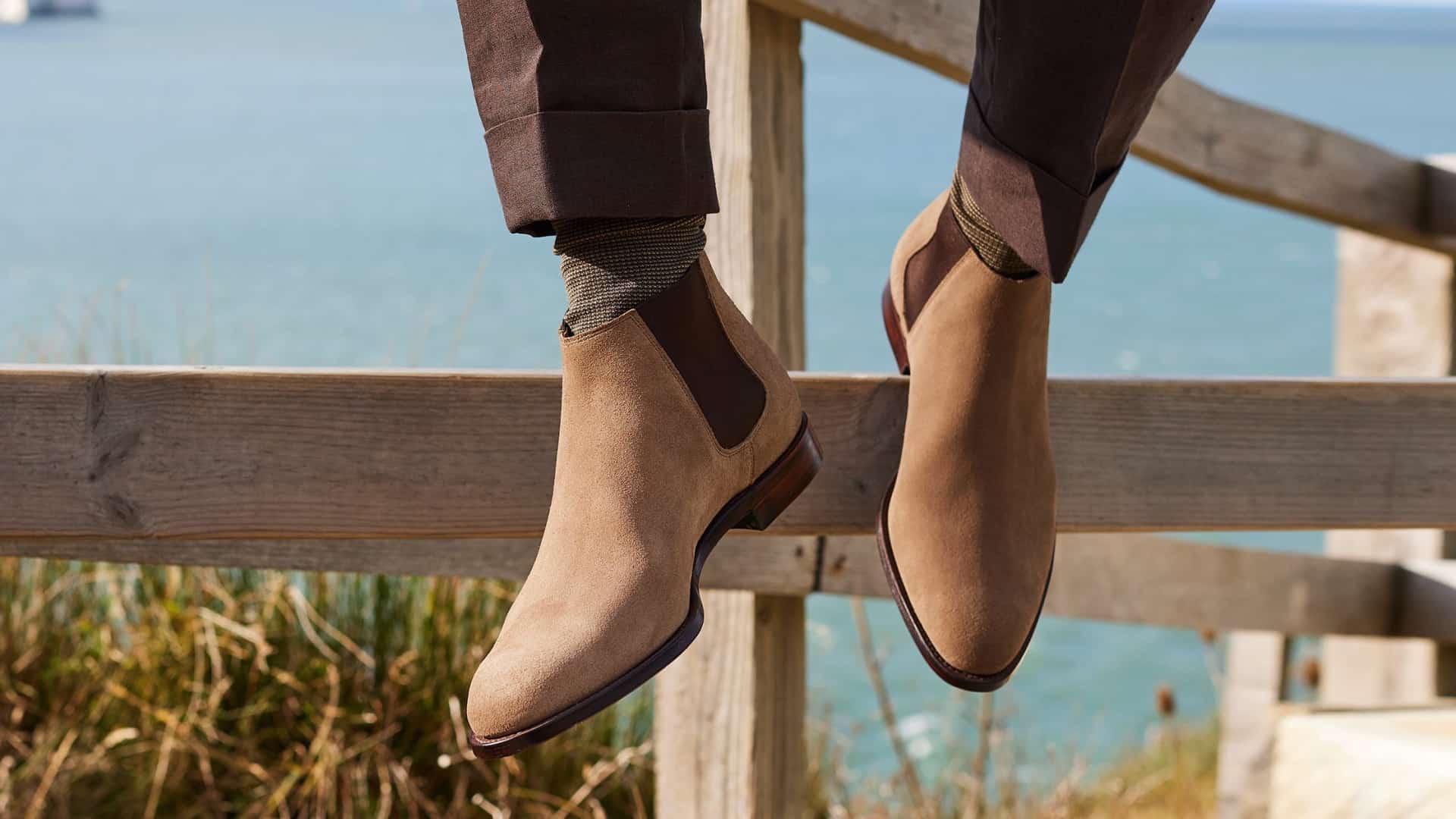
How To Clean Suede Boots & Shoes (Without Ruining Them)
Stained your favourite suede shoes or boots? Our cleaning and maintenance guide will help your restore them back to their former glory.
Most guys have a love hate relationship with suede. Known as the softer, more sensitive cousin of leather, it’s an undeniably handsome material, particularly in the form of shoes and boots. Perfect on anything from chukkas to loafers, it’s loaded with texture, offers a richness of colour, and has a laid-back appeal that’s hard to match.
But, like any relationship, you better be prepared to put the work in. One unfortunate downpour or misplaced step into a puddle can mean game over without the right know-how. (We can safely assume that’s why you’re here.)
It’s for this reason that people give up on suede. They loosely know how to look after leather, but this gentle, napped fabric remains a mystery. Before you throw in the microfibre cloth, read this guide and swot up on the right way to clean suede shoes and boots.
What is suede?
Suede is the velvet-like layer found on the underside of a cowhide – leather on top, suede below. The fibres that give the fabric its unique fuzzy feel are known as the nap, but ‘suede’ itself is a catch-all term for a number of different types.
Nubuck, for example, is often called suede but is closer to full-grain leather. Made by sanding down the exterior layer of the hide, it is generally smoother and more resistant to water stains.
While that may sound preferable, most of what is used for suede shoes and boots is split suede. The soft, light fabric is more affordable to produce, but that affordability comes a greater need for protection.
Other variations of suede include reverse suede and roughout suede. These types are similar, but unlike reverse suede, roughout suede is more or less untreated, which gives it a more rugged finish that’s great for casual suede boots.
How to clean suede boots & shoes
If you’re going to invest your hard-earned cash in a pair of suede shoes or boots, it makes good financial sense to look after them. From brushing away dirt and fixing scuffs to the treatments that’ll extend their lifespan, here’s everything you need to know.
Tools to clean suede shoes & boots
A man is only as good as his tools, and your suede shoes or boots will only be as clean as your kit can make them. To keep your footwear in tip-top condition, here’s what you’ll need.
Suede brushes
The key to taking care of suede is using a suede brush. Usually made from rubber with a wooden handle, a suede brush helps remove stains while restoring the nap, drawing out the fibres akin to when the shoes were first made.
For more stubborn stains, suede brushes are also available with horsehair bristles, which are particularly good for roughout suede. Keep an eye out for double-sided brushes (rubber on one side, bristles on the other) if you want to get more bang for your buck.
It’s worth investing in more than one brush. Using the same brush to remove dirt and apply treatment will have disastrous results. Likewise, if you think you can get away with using the same brushes for applying shoe cream or polish to leather shoes and suede, think again.
All the heritage shoemakers – from Loake and Church’s to Tricker’s and Joseph Cheaney – offer a selection of these brushes. Still, you can also easily find low-cost alternatives online.
Suede treatments
On the treatment front, you’re going to need a shampoo-style cleaner. The best of the best is something akin to Saphir Medaille D’Or Omni’nettoyant Suede Shampoo. The premium French brand is an industry leader in shoe creams and polishes, with this expertise transferring comfortably to the care of suede.
Despite many of the heritage shoemakers providing shoe cream and polish options, few seem to cater for suede care. This is where Saphir comes into its own with renovator sprays that condition and protect but also recolour. These are available in different colours and help to restore suede and nubuck to their original softness and rich tone. Think of them like a coloured polish that’s gentle enough to use on this most delicate of materials.
Funnily enough, the rise of streetwear (and the sneaker industry in particular) has brought a host of specialist suede protectant sprays to the market. Liquiproof LABS, Crep Protect and Jason Markk are just some of the brands with sprays that provide a protective, breathable layer for suede and other materials. These sprays will protect your footwear from the elements without compromising the colour or nub of the material itself. In short, they’re essential and should be applied regularly and liberally. After all, prevention is always better than cure.
Suede eraser block
For spot cleaning, scuffs and stubborn marks, a suede eraser can be a lifesaver. Similar to a pencil eraser, they usually come in a block form that you rub against the stain with moderate pressure to remove it.
Afterwards, brush off the eraser shavings and use your suede brush to lift the nap.
Being small and convenient to carry, they are ideal for throwing in your bag when you’re on the move for touch-ups.
Cleaning and restoring suede footwear
Step 1. Remove debris
You wouldn’t apply moisturiser to a mud-covered face. The same applies here. Start by using a soft bristled brush (not the one you use to polish your leather shoes) to remove any loose dirt from your footwear.
Follow this up with a clean lint-free cloth, going over the entire shoe without applying too much pressure.
Step 2. Restore the nap
Using your specialist rubber suede brush, run it over the shoe with moderate pressure. The firm, sticky brush will pull up the suede’s fibres (or nap) and make it slightly fluffy again. When finished, it should look similar to the material on day one.
You’ll be surprised at the difference this makes to your footwear.
Step 3. Stain removal
While regular repetition of the first two steps should keep your favourite suede footwear in good order, there will be stains. It’s a foregone conclusion. Stains happen, and that’s OK. It’s about how you deal with them.
The best way to clean suede is to use an applicator brush to work in some suede shampoo and let it dry naturally. A good rule of thumb whenever wetting a shoe or boot for cleaning is always remove any excess water and then let air dry. Never be tempted to balance a pair of shoes on a radiator. That will affect the shape and set the shoe on a journey towards mould.
Once dried, use your suede eraser block to remove any stubborn marks. Apply moderate pressure, remove any shavings, and repeat as required.
Once you’re happy with the result, repeat Steps 1 and 2. Make sure to brush away any dirt and dust first, then use the rubber brush to restore the nap. It’s always good to follow the rubber brush with a gentle brush from a softer hair brush to ensure an even texture/colour across the shoe.
Recolouring & protection
Once your shoes have been cleaned and rid of all dirt and dust, you can use one of the previously mentioned recolouring sprays. Ensure you check the instructions carefully beforehand, as brands can differ. Hold the can roughly 20cm away and spray evenly. As always, give them a little brush afterwards with a clean brush.
If you don’t have a recolouring spray, an old trick for revitalising suede in the short term is hovering a shoe or boot over a steaming kettle. The steam will help in bringing the material back to life. A handy trick for hotel bedrooms if you’re travelling.
After steps one and two above, you can use a suede protector spray once all dirt and dust is removed. Premium protector sprays are a godsend, as long as the instructions on the can are adhered to. Waterproofing sprays that impregnate the suede are much more likely to protect against not just the elements but alcohol and grease stains, too.
A word on suede shoes & boots
For the most part, split and reverse suede requires the same treatment. The above steps will work for nubuck too. Rough-out suede, by its namesake nature, is less delicate than other types and can handle more water and detergent during the cleaning stage.
Using a dubbin or grease treatment instead of standard shoe cream is also an option for rough-out suede. These formulas can penetrate and nourish what is a thicker material. A slightly stiffer brush is usually used to finish a pair of rough-out shoes or boots.
3 quick tips for maintaining suede shoes & boots
We’re calling this section maintenance, but there are several additional measures you can take that will help extend the life of your footwear collection.
Use a shoehorn
You’d be forgiven for not thinking of it as the most exciting purchase. Nonetheless, a high-quality shoehorn is essential. In fact, get two – a smaller travel-sized one and a longer one to keep in your home.
The reason? No matter where you are in the world, jamming your feet into your shoes and furiously stomping will only result in creases, cracked uppers and collapsed heels. Not a good look.
Store in shoe bags
For all its appeal – and let’s face it, there’s not a lot to hate – suede footwear is a magnet for dirt and dust.
Most Goodyear-welted shoes in this day and age will come with their own shoe bags. When not in use, ensure your shoes or boots are stored in shoe bags to avoid dust and dirt dulling the uppers. Again, they’re also handy for protecting your footwear from scrapes while on the move.
Invest in shoe trees
Buying a pair of shoes or boots then stuffing them with newspaper when damp is the equivalent of getting a Ferrari and filling it with orange juice. Dumb. Instead, invest in some quality shoe trees (preferably ones made from beechwood).
The benefits are twofold: they’ll extend the life of your shoe, absorbing moisture, maintaining the shape and preventing the leather cracking; plus, they make your shoes look indefinitely cooler in your wardrobe. Win win.
